Are you an aspiring gym owner with big dreams of creating the ultimate fitness destination? Or perhaps you’re a seasoned entrepreneur looking to expand your fitness empire. Either way, navigating the complex process of opening a gym can be both challenging and overwhelming.
One of the most common hurdles faced by gym owners is finding accurate and reliable information to guide them through the journey of starting their gym business and understanding what they need. But worry no more! We’ve got you covered with a comprehensive 13-step guide that will walk you through the essential steps and provide invaluable insights to help you open a successful gym.
From market research and business planning to selecting equipment and marketing your brand, our guide will equip you with the knowledge and confidence needed to launch your dream gym.
So, let’s dive in and embark on this exciting fitness adventure together!
Table of Contents
- Step 1: Conduct Market Research
- Step 2: Determine Your Target Audience
- Step 3: Identify the Ideal Location
- Step 4: Analyze Your Competition
- Step 5: Create a Business Plan
- Step 6: Secure Funding
- Step 7: Register Your Business
- Step 8: Obtain Licenses and Permits
- Step 9: Choose Equipment and Suppliers
- Step 10: Hire Trained Staff
- Step 11: Market Your Gym
- Step 12: Establish Policies and Procedures
- Step 13: Provide Ongoing Training and Support
- Conclusion
Step 1: Conduct Market Research
Before you embark on your gym ownership journey, it’s crucial to understand the current fitness landscape. Collect data on industry trends, regional demographics, and consumer preferences. As a gym owner, I recommend the following three ways to conduct market research for your gym business:
Online Surveys and Questionnaires
Utilize online survey platforms like SurveyMonkey or Google Forms to create and distribute questionnaires to your target audience. This can help you gather valuable information about their fitness preferences, goals, and expectations, as well as identify gaps in the current market.
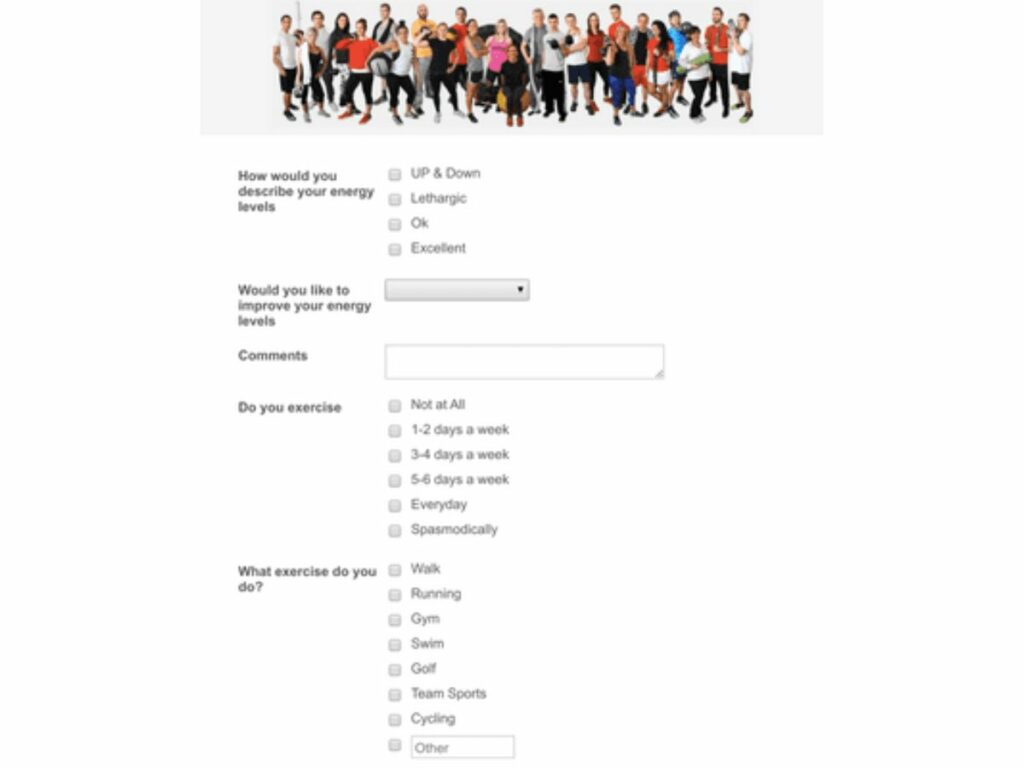
Competitor Analysis
Research local competitors to understand their strengths and weaknesses, as well as the services and amenities they offer. This can help you determine how to differentiate your gym from others in the area and identify any underserved niches.
You must be wondering how to do it? Well, try to visit your competitor gyms websites, and read customer reviews to gain insights into their operations and customer satisfaction.
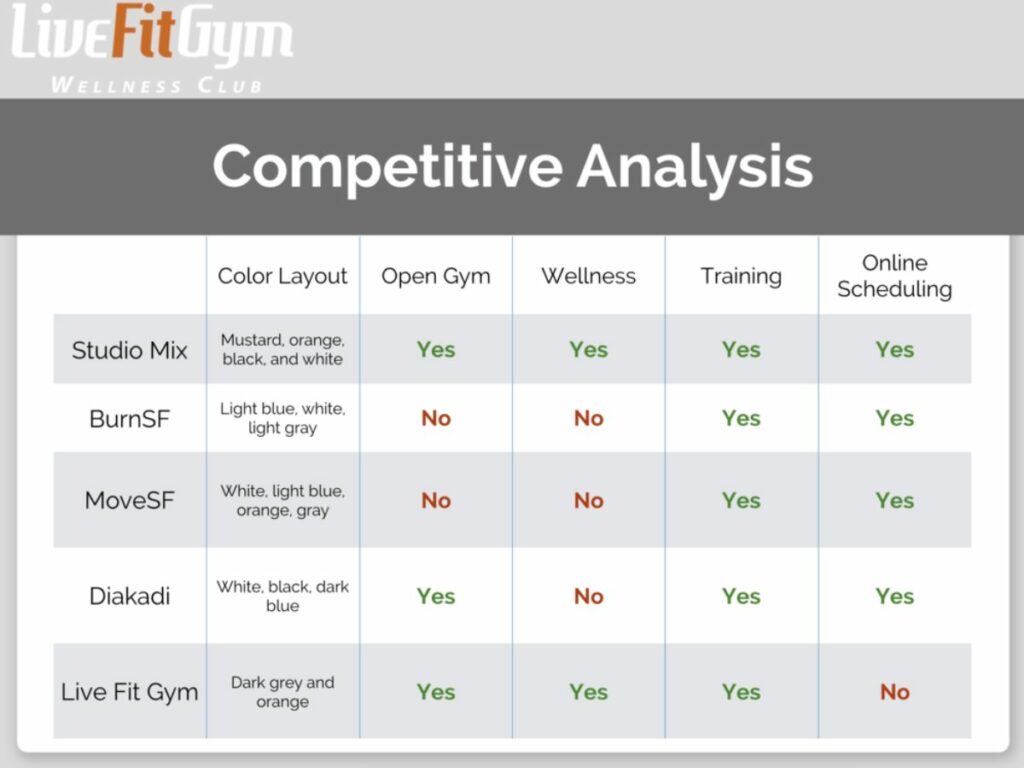
Local Demographic Data
Analyze local demographic data, such as age, income, and population trends, to identify your target market and potential customer base. This information can be found through sources like the U.S. Census Bureau, local government websites, or online research tools. Understanding the demographics of your target area will help you tailor your gym’s services, pricing, and marketing strategies to best meet the needs of your potential clients.
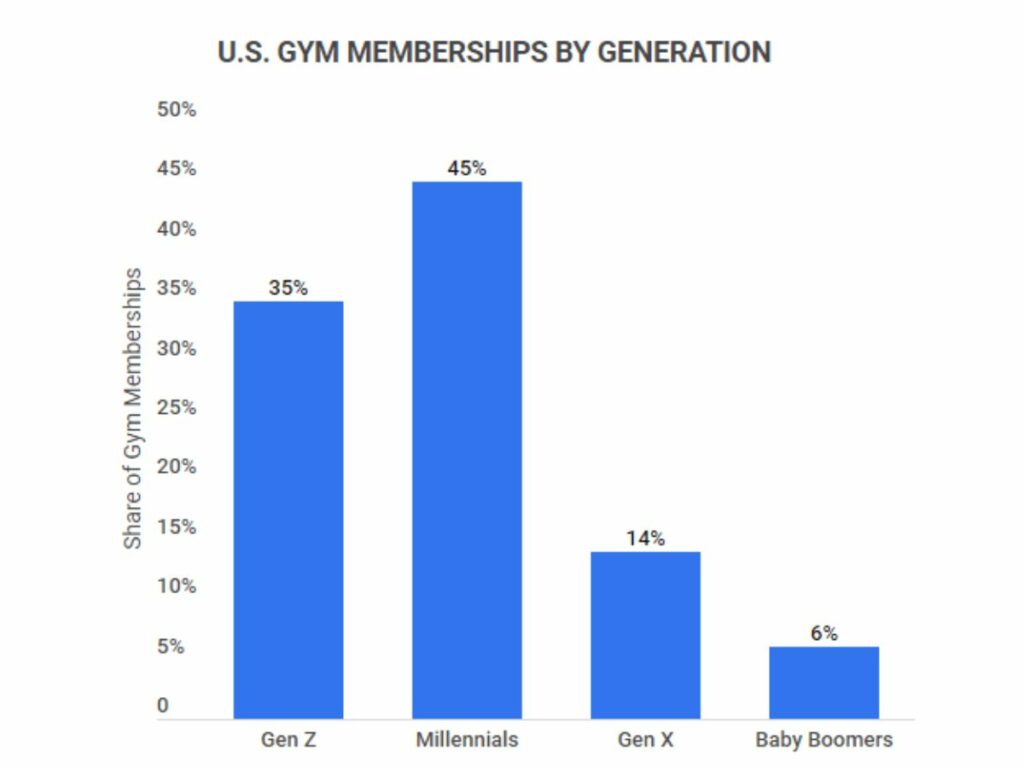
Step 2: Determine Your Target Audience
Determining your target audience is the process of identifying and understanding the specific group of people you aim to serve with your gym business. And on the top of that, identify your ideal client; they might be seniors, athletes, or busy professionals.
Here are the ways to determine your target audience:
Demographic Analysis
Examine the demographics of the area surrounding your gym, such as age, income level, and lifestyle preferences. Identify the demographic groups that are most likely to be interested in your gym’s offerings and tailor your services to meet their specific needs.
Competitor Research
Analyze your competitors’ target audiences and identify any gaps or underserved markets in the local fitness industry. Personally, I suggest that you understand your competition, in order for you to differentiate your gym and attract clientele that may not be fully satisfied with the existing options.
Surveys and Focus Groups
Conduct surveys or organize focus groups to gather direct feedback from potential customers. This can help you better understand their preferences, priorities, and pain points, enabling you to tailor your gym concept, services, and marketing strategies to resonate with your target audience.
Discover the diverse world of fitness niches with our comprehensive table comparing target audiences, preferences, and potential services. From high-intensity CrossFit workouts to rejuvenating yoga practices, find the perfect fit for your fitness goals. Explore the various options available and choose the niche that aligns with your interests and objectives.
| Fitness Niche | Target Audience | Preferences | Potential Services |
| CrossFit | Individuals seeking | High-intensity workouts, competitive | CrossFit classes, Olympic weightlifting, functional training |
| varied, functional | atmosphere | programs, personal coaching | |
| training | |||
| Yoga | Individuals looking for | Mind-body connection, stress relief, | Hatha, Vinyasa, Ashtanga, Bikram, Kundalini, Restorative |
| holistic wellness | flexibility | yoga classes, meditation sessions, workshops | |
| Pilates | Individuals focused on | Core strength, flexibility, body | Mat Pilates, Reformer Pilates, Pilates fusion classes, |
| developing core | alignment | private sessions | |
| strength and | |||
| improving posture | |||
| Spin/Cycling | Individuals seeking | Cardiovascular workout, group | Indoor cycling classes, themed rides, virtual training |
| intense cardio | motivation | programs | |
| sessions | |||
| HIIT (High- | Individuals looking for | Short, intense workouts, calorie | HIIT classes, circuit training, boot camp sessions, |
| Intensity | efficient, fat-burning | burning, variety in exercises | personalized HIIT programs |
| Interval | workouts | ||
| Barre | Individuals seeking a | Low-impact workouts, muscle toning, | Barre classes, ballet-inspired workouts, |
| full-body workout | flexibility | specialized workshops | |
| with emphasis on | |||
| strength and | |||
| muscular endurance |
Step 3: Identify the Ideal Location
Selecting the right location is key to your gym’s success. Consider factors such as visibility, accessibility, and proximity to your target audience. As I have researched, a prime location can significantly impact a business’s profitability and growth. Here are the key factors that you should remember in choosing a gym location:
Foot Traffic and Accessibility
Finding a location with ample foot traffic ensures that passersby can’t miss your gym, making it more convenient for potential members to drop in and sign up.
Nearby Businesses and Amenities
By situating your gym near like-minded businesses, such as health food stores or yoga studios, you can create a supportive community atmosphere that’ll draw in fitness enthusiasts. For instance, if your target audience is college students, consider a location near a university campus with ample parking and public transportation options.
Size and Layout of the Space
Remember to choose a space that accommodates not only your current needs but also leaves room for future growth, helping you avoid the hassle of relocating down the road.
Lease Terms and Costs
Striking a balance between getting the best lease terms and keeping costs manageable will set the foundation for a thriving business that can withstand fluctuations in the market. Here’s the catch by negotiating the lease for your gym, carefully considering factors like rental rates, lease duration, and tenant improvement allowances.
Zoning and Building Regulations
Navigating zoning laws and building regulations is essential to avoid potential pitfalls and costly fines, keeping your gym on the path to success.
Step 4: Analyze Your Competition
Evaluate your local competitors to identify gaps in the market and unique selling points for your gym. This may include analyzing their pricing, services, and marketing strategies. Now this is important, understanding your competition, you can create a compelling offer that stands out in the crowded fitness landscape.
Here are three key reasons why keeping a close eye on your competitors is crucial for your gym business:
Identifying Opportunities and Threats
Analyzing your competition allows you to identify areas where your gym can excel or where it may be vulnerable. Understanding your competitors’ strengths and weaknesses can help you capitalize on opportunities and mitigate threats.
For example, if a nearby gym lacks specialized classes, you can differentiate your business by offering unique fitness programs that cater to specific needs.
Staying Ahead of Industry Trends
By monitoring your competition, you can stay up-to-date with the latest trends in the fitness industry. This knowledge can help you make informed decisions about which services, equipment, or classes to offer at your gym. Staying ahead of the curve enables you to remain competitive and consistently provide your clients with fresh and innovative experiences.
Improving Your Marketing Strategy
Studying your competitors’ marketing efforts can provide valuable insights into what works and what doesn’t in your target market. By learning from their successes and mistakes, you can refine your own marketing strategy to attract new clients and retain existing ones.
Here’s something we can both agree on analyzing competition’s promotional tactics, pricing structures, and unique selling points can help you position your gym more effectively in the market.
Step 5: Create a Business Plan
A well-crafted business plan is essential for securing funding and guiding your gym’s growth. As a gym owner for more than a decade, I suggest that your plan should include all the important things that you should have for your gym business. The U.S. Small Business Administration (SBA) offers resources to help you develop a solid business plan.
Furthermore, here are the components of an effective business plan:
- Executive summary: A brief overview of your gym business, highlighting its main goals and objectives.
- Company description: A detailed description of your gym, its mission, and its unique selling points.
- Market analysis: A thorough examination of the fitness industry, target market, and competitors in your area.
- Organization and management structure: The hierarchy and roles within your gym’s management team, as well as its ownership structure.
- Services and products: A comprehensive list of the fitness programs, amenities, and products your gym will offer.
- Marketing and sales strategies: A well-defined plan for promoting your gym and generating revenue through memberships and other services.
- Financial projections and funding requirements: An estimation of your gym’s financial performance and the capital needed to achieve your business goals. It is important to calculate every amount, including the amount that you will allocate to Yanre Fitness for your gym equipment and machine.
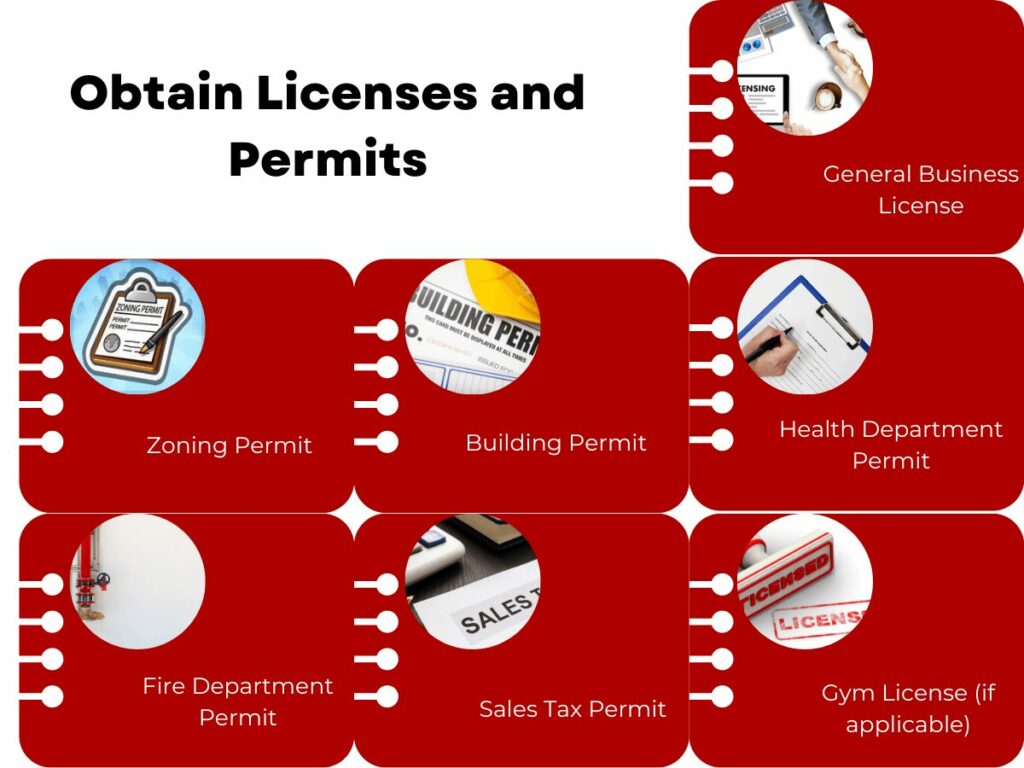
Step 6: Secure Funding
According to the report by Hapana, looking at all of the expected costs of opening a gym, you can expect to pay, on average, $30,350-$123,470 to open a gym or open a fitness studio. Explore various funding options, such as loans, grants, investors, or crowdfunding to help you in financing your dream gym.
The SBA offers loan programs specifically designed for small businesses, while websites like Kickstarter and GoFundMe allow entrepreneurs to raise funds through online campaigns. Thus, here are the various funding options that you can have in starting your business gym:
Personal Savings
Utilizing personal savings can give you full control over your business and help you avoid the pressure of repaying loans or meeting investor expectations. So what’s my point? It is the most convenient action in starting your gym, to have your own money establishing it. Definitely, it will not cause you any worries about the monthly rates and repayments from loans.
Loans from Family or Friends
Borrowing from family or friends can provide flexible repayment terms and lower interest rates, though it may come with the risk of straining personal relationships.
Bank Loans
Traditional bank loans often offer competitive interest rates and structured repayment plans, but they may require a strong credit history and collateral. That’s when I realized that as a starterr in business, you should comply all the requirements that the bank needs for you to be granted for loan.
SBA Loans
Small Business Administration (SBA) loans are partially guaranteed by the government, offering lower interest rates and longer repayment terms, but can be challenging to qualify for due to strict eligibility requirements.
Private Investors or Venture Capital
Securing funding from private investors or venture capitalists can provide substantial capital and valuable business advice, but may involve giving up partial ownership or control of your gym.
Step 7: Register Your Business
Choose a unique business name and register your gym with the appropriate government agencies. This process may vary depending on your location, I advise you to visit your local government for the complete list of steps registering your gym business.
And on the top of that, here are some recommended steps for registering your gym business:
Choose a Legal Structure
Determine the best legal structure for your gym, such as a sole proprietorship, partnership, limited liability company (LLC), or corporation. Each structure has its own advantages and disadvantages, so consult with a business attorney or accountant to determine which option best suits your needs.
Register Business Name
Select a unique and memorable business name that reflects your gym’s brand identity. Check with your state’s business registry to ensure the name is available and not already in use. You may need to register a fictitious business name (also known as a “doing business as” or DBA) if you plan to operate under a different name than your legal entity.
Obtain an Employer Identification Number (EIN)
Apply for an EIN from the Internal Revenue Service (IRS). This unique nine-digit number is used for tax purposes and is required for most businesses. In like manner, you will have the best record in your state for the following years of your gym’s operation.
Register with State and Local Authorities
Depending on your location, you may need to register your gym with state and local government agencies. This may include registering for state tax identification numbers, sales tax permits, and other required licenses or permits.
Obtain Insurance Coverage
Secure the appropriate insurance coverage for your gym, such as general liability insurance, property insurance, and workers’ compensation insurance (if you have employees). This protects your business from potential risks and liabilities.
Step 8: Obtain Licenses and Permits
Depending on your location and the services you plan to offer, you may need to obtain various licenses and permits to operate your gym legally. Personally, I tell you to check with your local government offices to determine the specific requirements for your gym. However, below is a list of common licenses and permits for gym owners, along with their respective purposes and issuing authorities:
General Business License
Required for operating a business in a specific city or county. The issuing authority is typically the city or county government.
Zoning Permit
Ensures the gym’s location complies with local zoning regulations for land use and building codes. The issuing authority is usually the local planning department.
Building Permit
Required for construction, renovation, or expansion of the gym facility. The issuing authority is generally the local building department.
Health Department Permit
Ensures the gym complies with health and safety regulations, including sanitation standards. The issuing authority is often the county or state health department.
Fire Department Permit
Verifies the gym meets fire safety codes and regulations. The issuing authority is typically the local fire department.
Sales Tax Permit
Allows the gym to collect sales tax on taxable goods and services. The issuing authority is usually the state tax department.
Gym License (if applicable)
Some states or cities require a specific license to operate a gym or fitness facility. The issuing authority is generally the state or city government.
Step 9: Choose Equipment and Suppliers
Invest in high-quality gym equipment and select reliable suppliers to ensure a positive experience for your clients. Now, it is important that you should research and compare suppliers based on factors such as pricing, warranty, and customer service.
Thus, keep the following terms in mind when purchasing equipment:
Variety of Machines and Equipment
In my experience as a gym owner, it’s essential to include a diverse range of machines and equipment that cater to everyone, from beginners to advanced athletes. For example, investing from Yanre Fitness a mix of cardio machines, free weights, and resistance bands helps address the varying needs of clients.
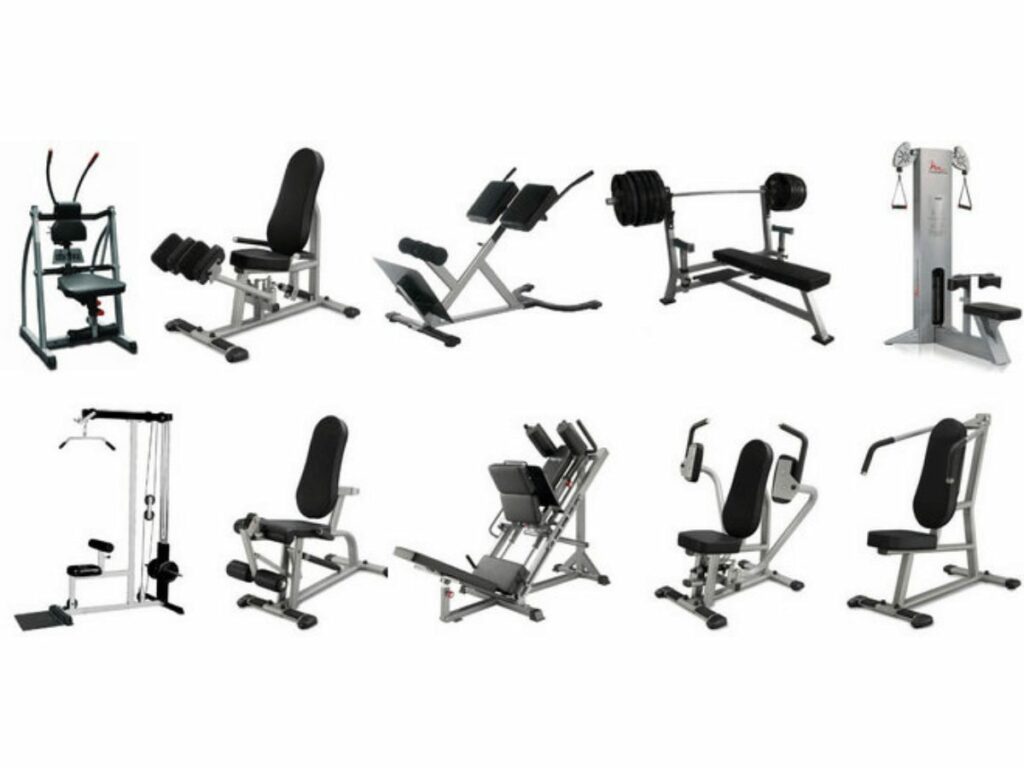
Regular Maintenance and Replacement Plans
Maintaining a safe and enjoyable experience for clients involves setting up regular maintenance and replacement schedules for your equipment. This approach prevents breakdowns and ensures the gym stays fresh and updated.
Accessibility and Ease of Use for Clients
Prioritizing the selection of user-friendly and accessible equipment is crucial. Choose machines with easy-to-read instructions and adjustable settings to accommodate different fitness levels and abilities.
Warranty and Customer Support Options
Opting for suppliers who offer excellent warranties and customer support ensures that you have reliable assistance in case of any issues or equipment breakdowns. This support is vital for the smooth operation of your gym.
Step 10: Hire Trained Staff
Assemble a team of qualified and passionate staff members, including personal trainers, group fitness instructors, and administrative personnel. Looking for certifications from reputable organizations from your gym trainers is quite, the step that you should consider.
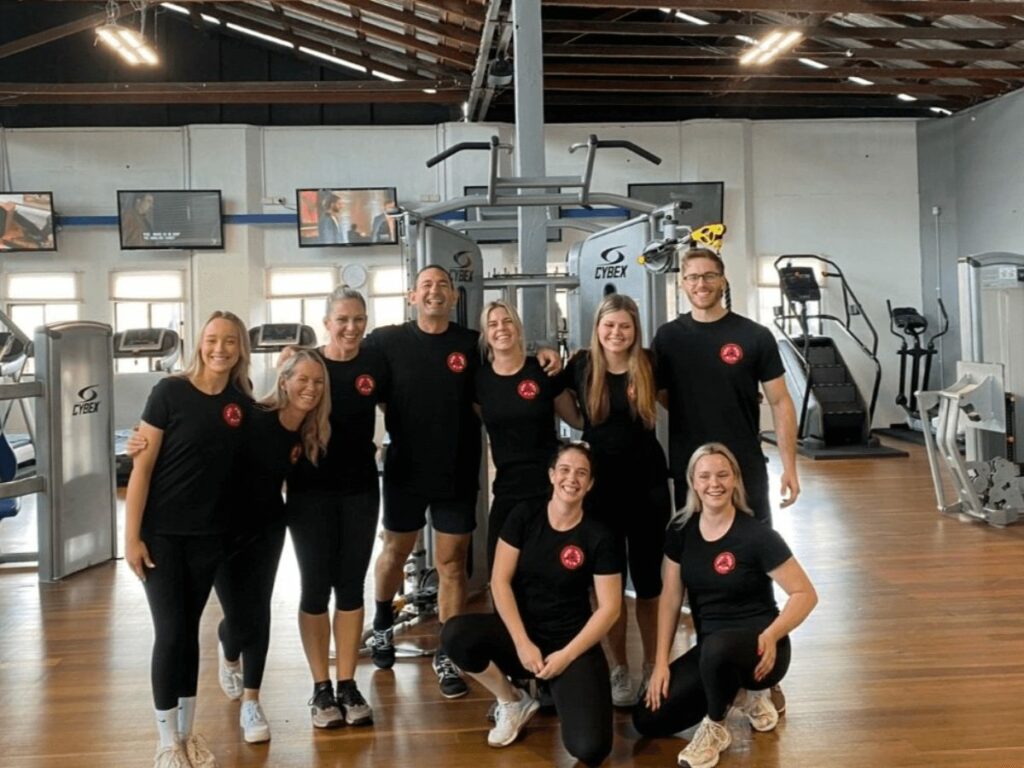
Your team will play a vital role in creating a supportive and motivating gym environment. Now, I’m giving you the considerations when hiring gym staff:
Fitness Certifications and Qualifications
When I hired staff for my gym, I looked for individuals with certifications from reputable organizations like the American Council on Exercise (ACE) or the National Strength and Conditioning Association (NSCA). This ensured that my team was knowledgeable and skilled in their respective fields.
Customer Service Skills and Experience
Prioritized hiring staff members who possessed excellent customer service skills and experience, as they would be responsible for creating a welcoming and supportive environment for clients. And can eventually be a great factor for client retention in your gym.
Positive Attitude and Strong Work Ethic
A positive attitude and strong work ethic were essential qualities I sought in my staff. Enthusiastic and dedicated employees contributed to a better gym experience for our clients and helped maintain a strong team dynamic.
Training and Development Opportunities
Providing opportunities for ongoing training and professional development was crucial in attracting and retaining high-quality staff. In my years of handling my gym business, I offered workshops, seminars, and other learning resources to support my team’s growth and expertise.
Step 11: Market Your Gym
Develop a comprehensive marketing strategy to promote your gym and attract new clients. Consider offering promotions or trial memberships to encourage people to give your gym a try. Here are the key components of a successful marketing strategy:
Branding and Messaging
As a gym expert, I suggest that when marketing my gym, I focus on creating a strong brand identity and consistent messaging to resonate with my target audience. Ensure that all marketing materials reflect your gym’s unique qualities, values, and mission.
Website and SEO
Invested in a professionally designed website that showcased our gym’s services, staff, and facilities. To increase visibility online, I also implemented search engine optimization (SEO) strategies to improve our ranking in search results.
Social Media and Content Marketing
Utilizing social media platforms like Instagram, Facebook, and Twitter allowed me to engage with our audience and share valuable content, such as workout tips, success stories, and gym updates. Content marketing helped establish our gym as a valuable resource and authority in the fitness industry.
Email Marketing and Newsletters
Use email marketing and newsletters to keep your clients informed about upcoming events, promotions, and updates. This allowed you to maintain an ongoing relationship with your members and encourage their continued involvement in your gym community.
Local Partnerships and Community Events
To raise awareness and attract new clients, you can forge partnerships with local businesses and participate in community events, such as charity runs, health fairs, and fitness expos. These collaborations helped to establish our gym as an active and committed member of the local community.
Partner with local businesses to offer exclusive discounts or host community fitness events to create brand awareness and engage potential clients.
Step 12: Establish Policies and Procedures
Create clear policies and procedures to ensure a safe and enjoyable experience for your clients and staff. This may include guidelines for equipment use, membership cancellation, and staff conduct. Be sure to communicate these policies to your team and clients to promote consistency and professionalism.
As a gym expert, I suggest the following three ways to establish policies and procedures for your gym:
Member Guidelines
Develop a comprehensive set of rules and expectations for gym members that address areas such as membership terms, code of conduct, gym etiquette, safety practices, and dress code. These guidelines will help maintain a positive and respectful environment for all members and staff.
Ensure that these rules are clearly communicated to members during the sign-up process, posted within the gym, and available on your website.
Staff Training and Standard Operating Procedures
Create standardized procedures for your staff to follow in areas such as customer service, sales, facility maintenance, and emergency response. Provide regular training and development opportunities to ensure staff are knowledgeable, competent, and up-to-date with industry best practices.
Here’s the interesting part having a well-trained team will contribute to a high-quality gym experience for your clients and ensure consistency in service delivery.
Financial and Administrative Policies
Establish clear financial and administrative policies to manage aspects such as billing, refunds, cancellations, and late payments. These policies will help you maintain a smooth cash flow and minimize disputes. Implementing efficient systems for tracking and managing memberships, payments, and scheduling will also streamline your gym’s administrative processes.
Step 13: Provide Ongoing Training and Support
Invest in ongoing training and support for your staff to encourage their professional development and enhance the quality of your services. This may include workshops, certifications, or mentorship programs. By fostering a culture of continuous learning, you’ll empower your team to deliver exceptional client experiences.
As a gym owner of more than a decade, I can attest to the importance of providing ongoing training and support to your gym staff. Here are three key reasons why this is crucial for your business:
Maintaining High-Quality Service
Continuous training ensures that your staff remains knowledgeable about the latest fitness trends, techniques, and best practices. This enables them to provide your clients with the most effective workouts and guidance, resulting in a higher level of satisfaction and customer retention. Your gym’s reputation will benefit from having a team of skilled and up-to-date professionals.
Enhancing Employee Engagement and Retention
Investing in ongoing training and support for your staff demonstrates that you value their personal and professional growth. This not only improves their skills and performance but also increases their engagement and job satisfaction. Employees who feel valued and supported are more likely to remain loyal to your business, reducing turnover and recruitment costs.
Promoting a Safe and Secure Environment
Providing regular training on safety protocols, equipment usage, and emergency response procedures helps ensure that your gym remains a safe place for both clients and staff. Based on my experience as a gym owner, I can say that a well-trained team will be better equipped to handle any incidents, minimize risks, and maintain a secure environment, which in turn builds trust among your clientele.
Conclusion
Opening a gym is an exciting and rewarding journey, but it requires careful planning and execution. As a gym owner myself, I can attest to the satisfaction that comes from building a thriving fitness community and helping people achieve their health goals. By following this 13-step guide, you’ll be well-equipped with the knowledge and tools to successfully navigate the challenges of starting your own gym business.
Remember, your passion for fitness and commitment to your gym’s success will be your driving force. If you’re ready to take the leap and turn your dream into a reality, we’re here to help aspiring gym owners like you overcome obstacles and thrive in the fitness industry.
So, why wait? Contact us today and let’s embark on this exciting journey together!
Related articles:








